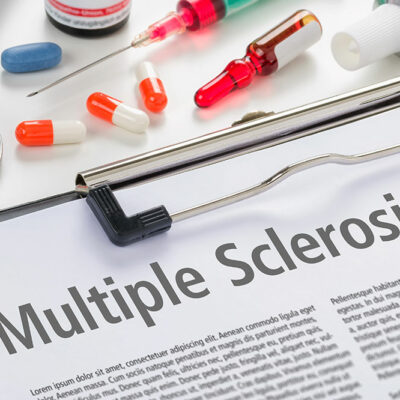7 common business plan mistakes to avoid

Starting or expanding a business is exciting. Many elements go into formulating a company’s successful business plan, such as market analysis, strategy, operating plan, sales, etc. With proper research, focus, and guidance, you can create a successful business plan that allows quick decision-making, provides structure, generates funding support, and optimizes management. As a new business, some planning mistakes can also be detrimental to growth and success. Here are seven of them:
Not defining a target market
One single business has rarely had an appeal for everyone. More often than not, successful businesses operate within a niche market. When starting a business, it is important for a new business plan to clearly define the demographic market they intend to target or cater to. Those struggling to find their target focus area must seek professional help from market research experts or agencies.
Having unrealistic financial projections
Of course, it is important to have confidence in one’s business. However, grossly overestimating one’s financial projections can lead to a downfall, especially when securing third-party funding. Try to maintain a realistic financial picture on record instead of inflating profit projections.
Lacking research
Do not start creating a business plan without conducting adequate market research. Double-check the research, and use recent sources to corroborate the same. This will also create a useful bank of information about possible neglected areas in the market that a new business could tap into.
Not focusing on competitor analysis
Instead of focusing on the money-led developments of a business, focus on the product, quality, and services that a competitor offers. Focus on your niche, highlight what separates you from the competition, and the solutions your new business offers to cover exposed market pain points.
Ignoring cash flow
Another common business pitfall that new entrepreneurs make is ignoring cash flow. With the focus on profitability, it is easy to forget to account for daily bills, as money is often tied up in debt and stocks. Factor these into any new business plan to ensure the business continues to function optimally.
Being inflexible
Being inflexible and not leaving enough scope for plan modifications is a big reason plans fail. While a business plan is meant to guide the venture’s future, it is impossible to predict market and society changes. Even though all of these contingencies cannot be accounted for in a new business plan, it is important to remain flexible and open to changes due to any unforeseen circumstances that may arise.
Being inconsistent
If your plan has been an amalgamation of team efforts, different sections may use varying strategies or conflicting statistics. Before pitching for capital, check the plan for any inconsistencies, as they may deter investors. Set up a committee and review each section of the plan together to highlight any inconsistencies or overlaps to activate your business plan seamlessly.
Business planning is time-consuming and laborious but does not need to be tackled single-handedly. If you are working on a solo venture, consider attending workshops that can equip you with the right tools or look into business counseling services to help you take your next steps.










